Product Description

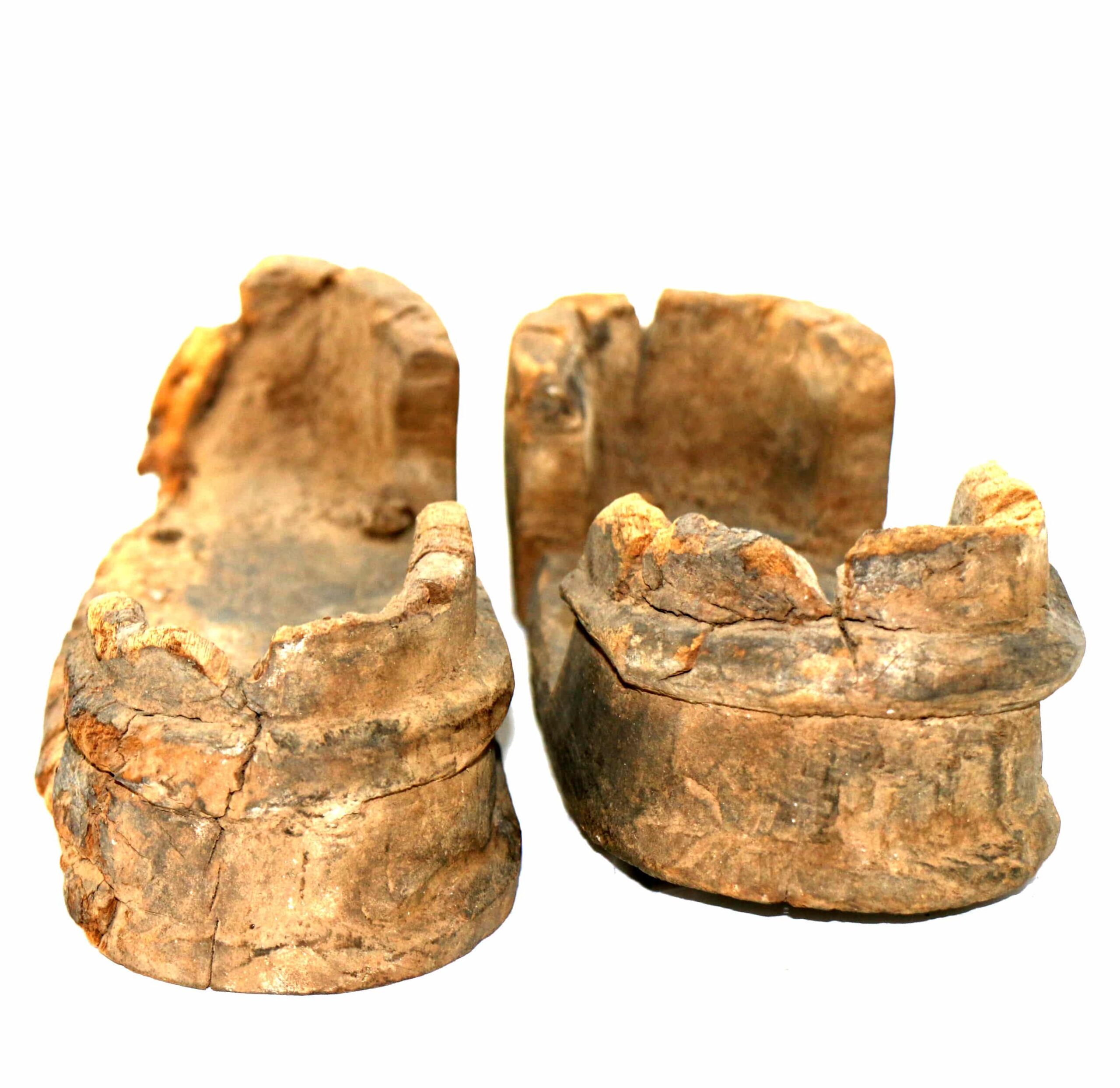
Baga Terracotta Water Vessel – Guinea
$760.00
This Baga water vessel, made of red clay, originates from the Baga people living in Guinea, in the most western parts of the African continent. It Pots was used in rural communities for carrying water. A noble reverence can be felt when looking at a this beautifully formed vessel that has fulfilled its function perfectly for thousands of years.
Made of 100% red clay.
Model is W 20 – H 20 and weight 2.4 kg.
Description
This Baga water vessel, made of red clay, originates from the Baga people living in Guinea, in the most western parts of the African continent. It Pots was used in rural communities for carrying water, and milk, serving and drinking. Built for an entirely functional use the vessels were easily and cheaply made as long as clay was locally available. A noble reverence can be felt when looking at a this beautifully formed vessel that has fulfilled its function perfectly for thousands of years.
The pots used to be like data, providing insight into the cultural interchanges of African societies; the life they led, the paths they trod, the needs they had and the skills they possessed. Shards of pottery found by archaeologists in ancient sites tell us that pots were being made as early as 7000 BC. Simultaneously, African pots represent both conceptual ideas and practical utility. At once durable yet fragile, they have endured for centuries and through them, we can start to imagine the artists who shaped their form with their bare hands and crafted their features with crude tools.
The Baga people are a West African ethnic group who live in the southern swampy lands of Guinea Atlantic coastline. Traditionally Animist through the pre-colonial times, they converted to Islam during the colonial era, but some continue to practice their traditional rituals. The Baga people are known for their rich history in arts, particularly with wood and metal. These include the mask called Nimba, an icon for the goddess of fertility and the largest known masks ever produced in Africa. They also carved Elek symbols as guardian symbols and for coding their Simo society secret lineage into it. Various utilitarian arts included similar encoding of spiritual themes. Another mask called Bansonyi the Baga used to make was a painted pole (some were 20 feet long), colorfully decorated, ending in a calico flag and a triangular icon. The Bansonyi was used in male initiation ceremonies. After the systematic destruction over the 30-period rule of Islamic-Marxist government, this art is nearly extinct.
Additional information
| Weight | 2.4 kg |
|---|---|
| Dimensions | 20 × 20 cm |
| Color | |
| Material |
Leave a reply Cancel reply
Returns and Exchanges
There are a few important things to keep in mind when returning a product you purchased.You can return unwanted items by post within 7 working days of receipt of your goods.
- You have 14 calendar days to return an item from the date you received it.
- Only items that have been purchased directly from Us.
- Please ensure that the item you are returning is repackaged with all elements.
Ship your item back to Us
Firstly Print and return this Returns Form to:
30 South Park Avenue, San Francisco, CA 94108, USA
Please remember to ensure that the item you are returning is repackaged with all elements.
For more information, view our full Returns and Exchanges information.


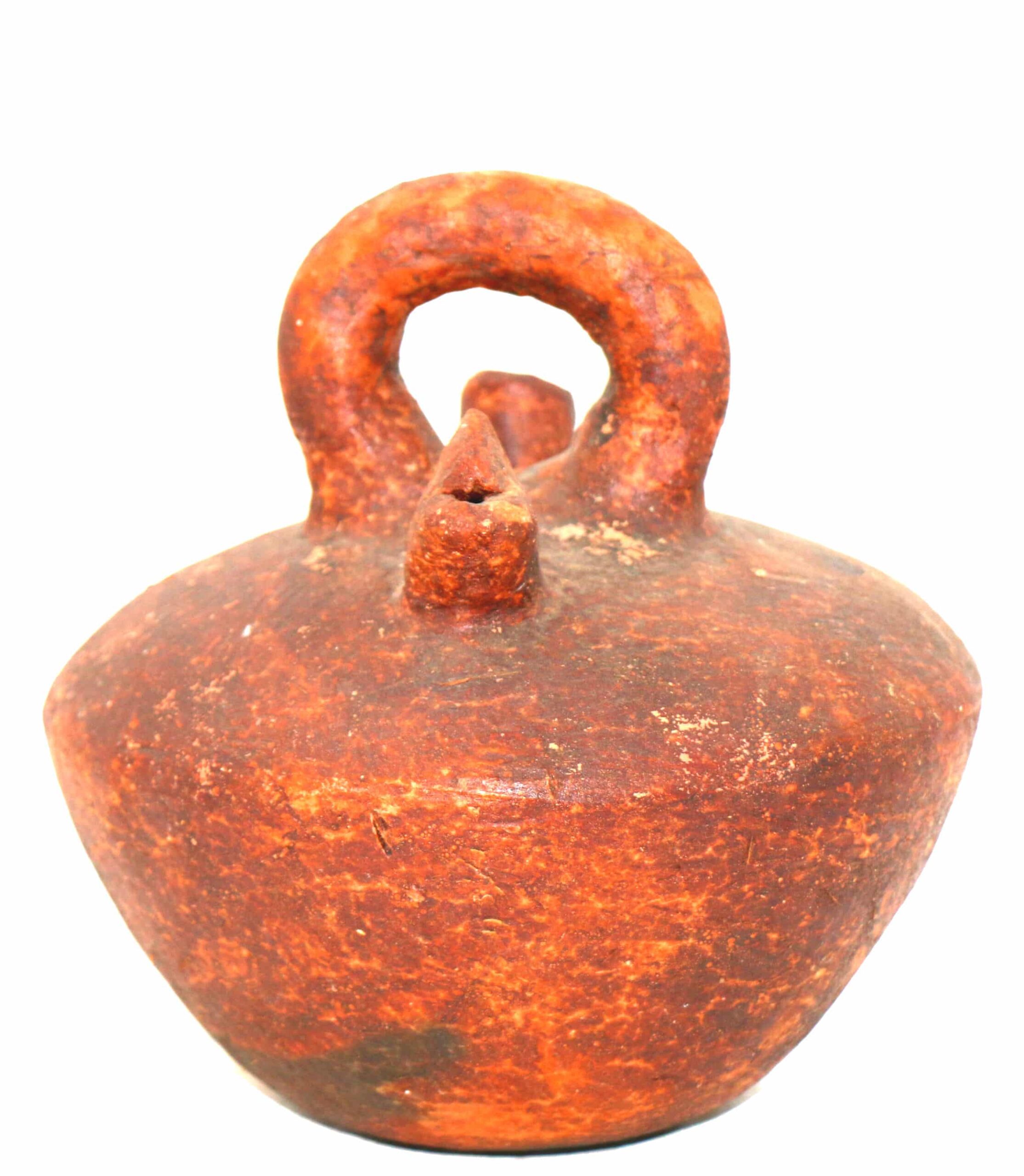

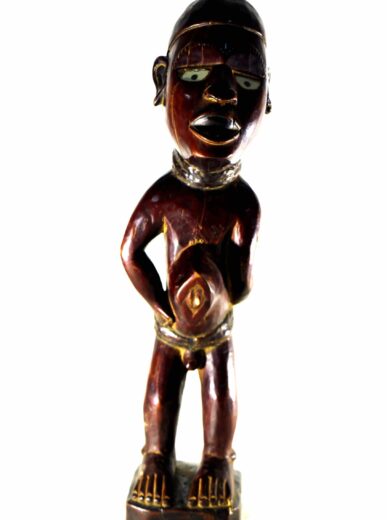
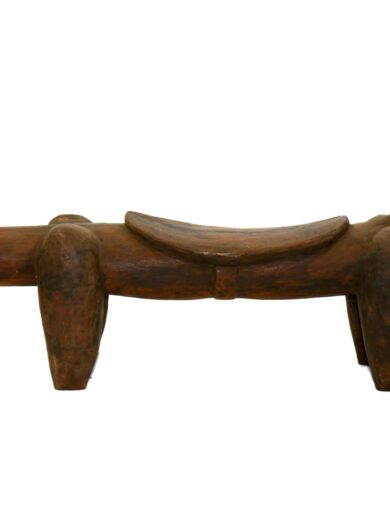
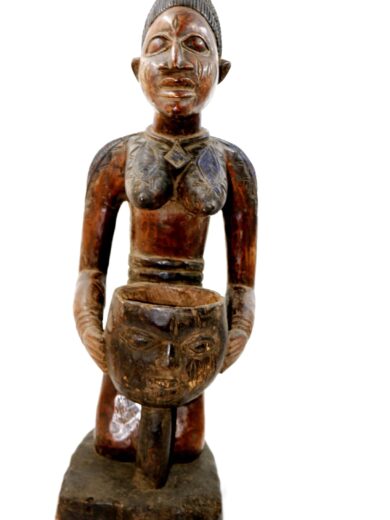
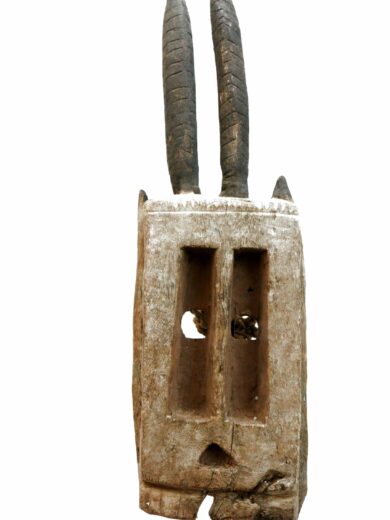
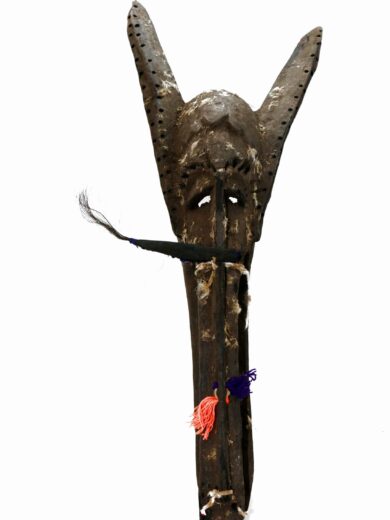
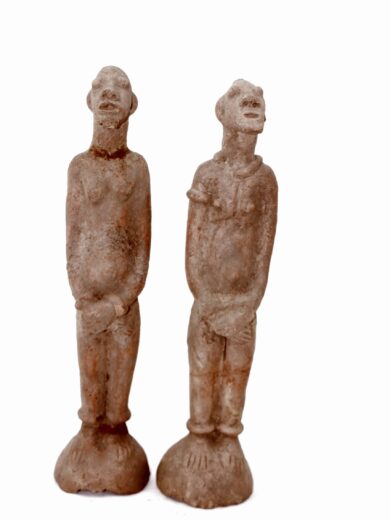
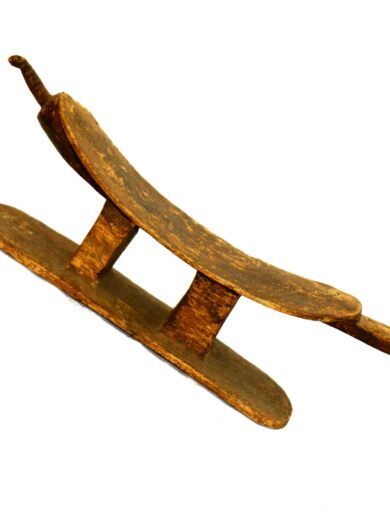

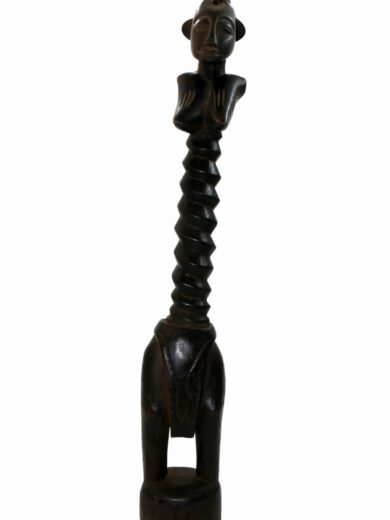
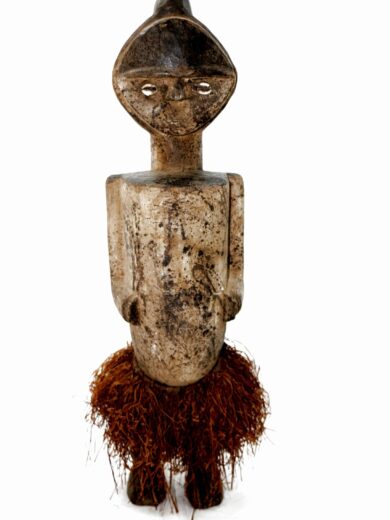



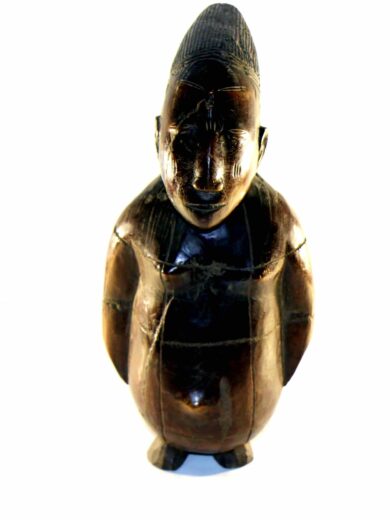


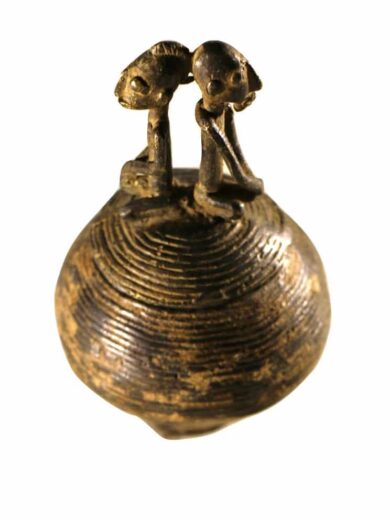
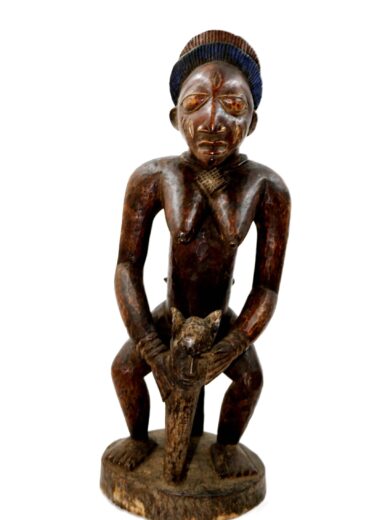
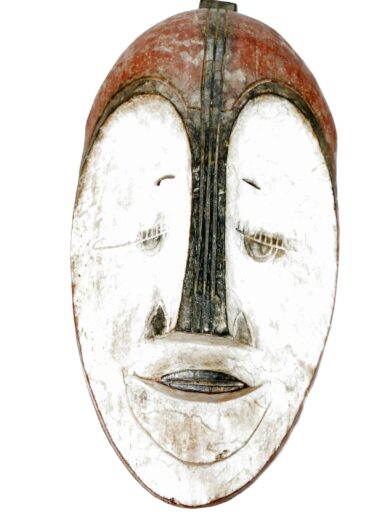
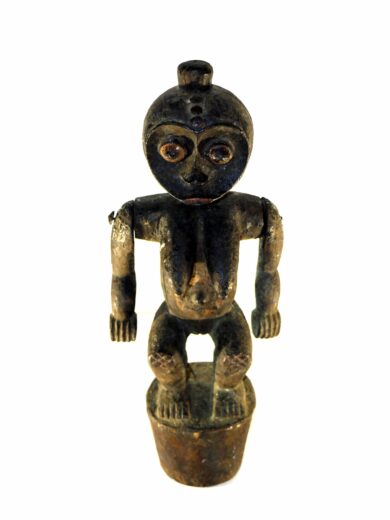
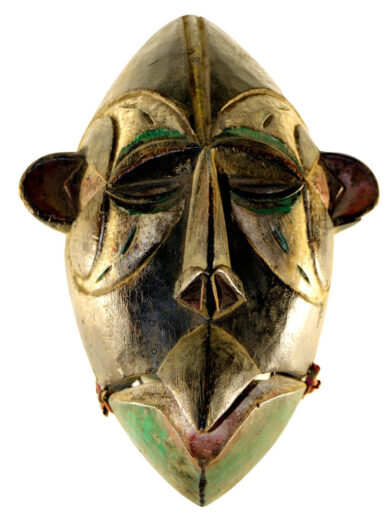
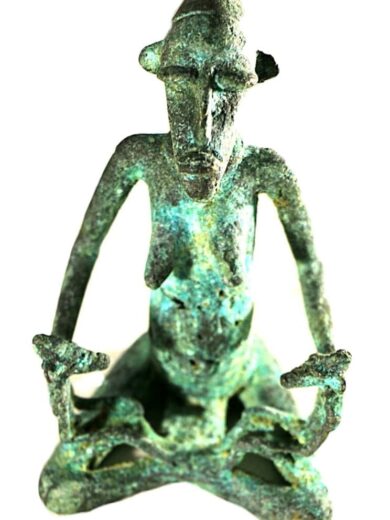
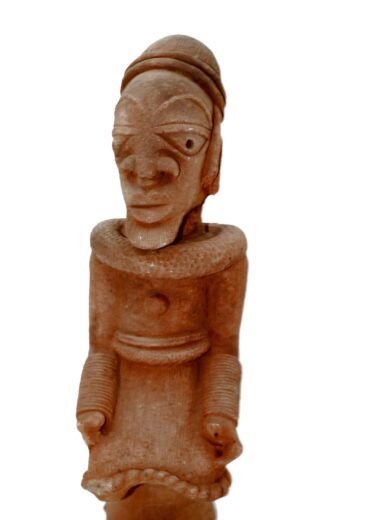
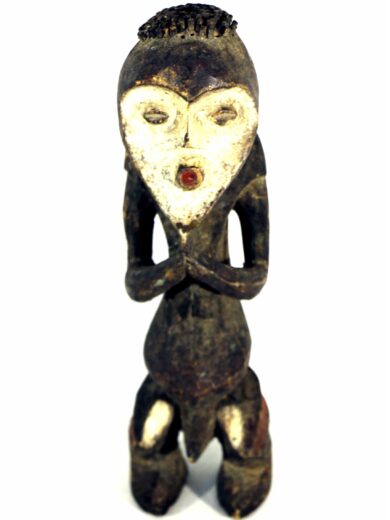
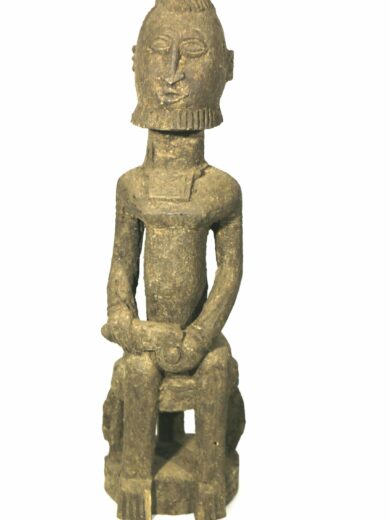


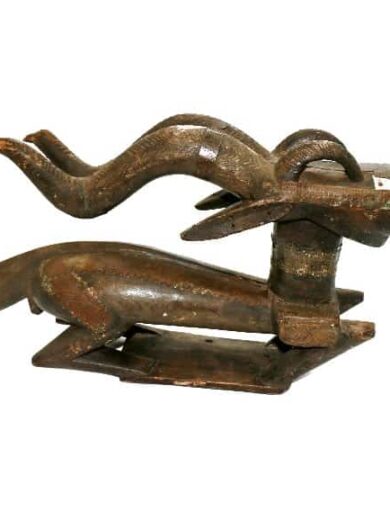



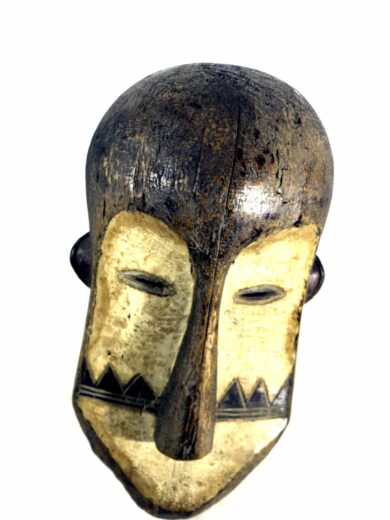

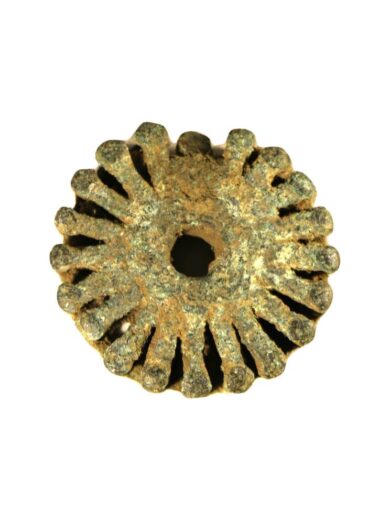


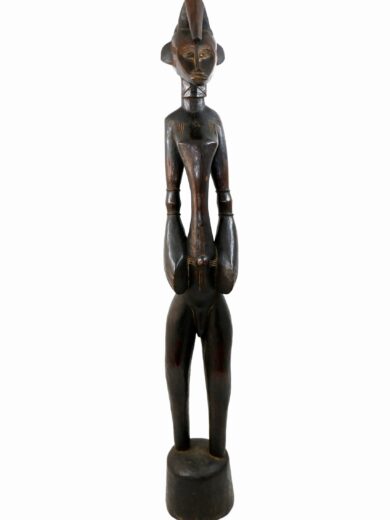

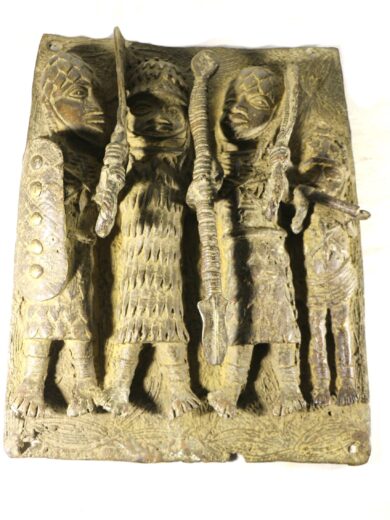
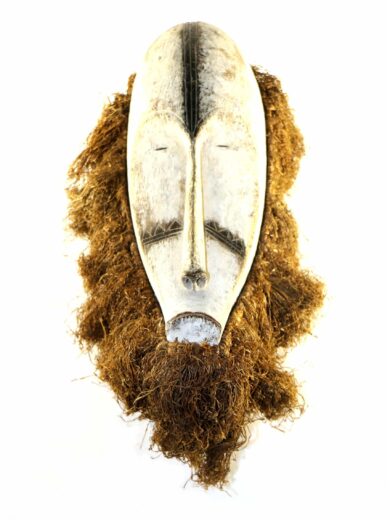
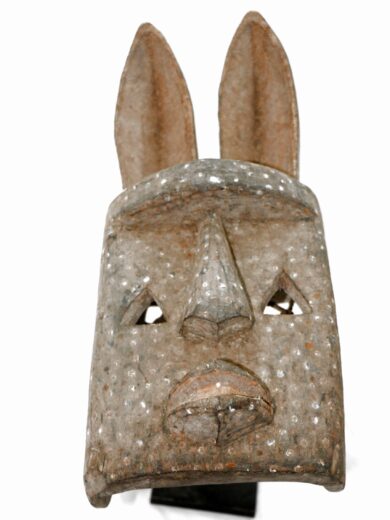
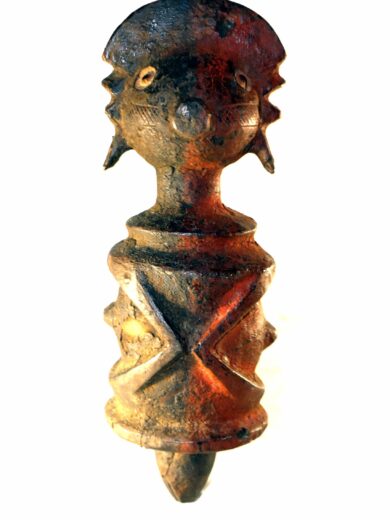


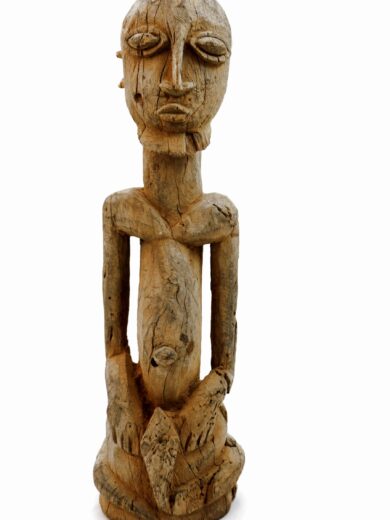

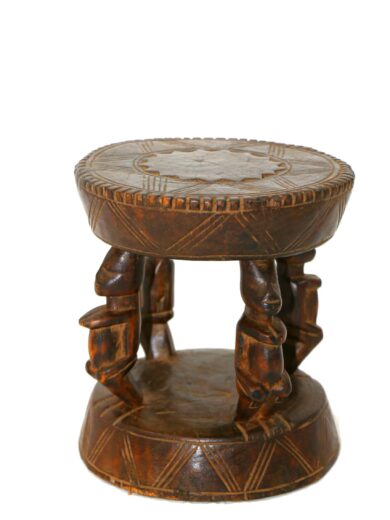

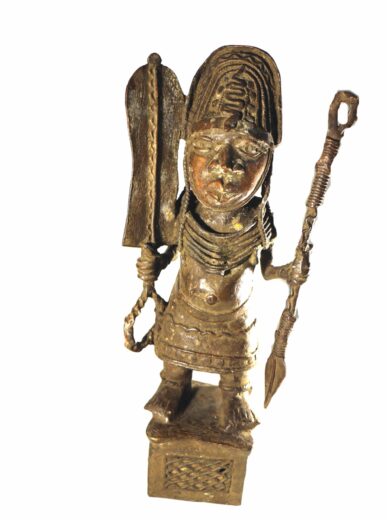

Reviews
There are no reviews yet.